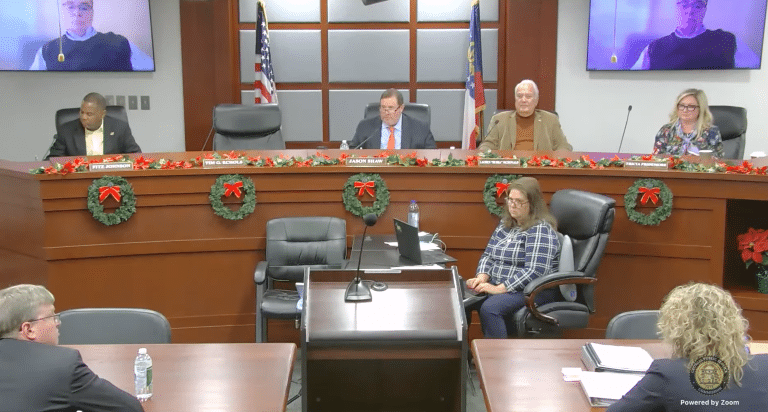Today marks the 23rd day of the BP Gulf Oil Disaster.
httpv://www.youtube.com/watch?v=rlPPFcy-3Vo
As we watch oil gush from a well-head 5,000 feet below the surface of the water because technological fixes have been unsuccessful, residents of the region grow anxious waiting for the full impacts of this environmental catastrophe to be felt. In the coming days, prevailing winds could push waves of oil onto the Louisiana coast, with the Mississippi and Alabama coasts at risk in the days and weeks that follow. If the spill reaches the “loop current,” oil could wash up on beaches all the way from the Florida Keys to the Outer Banks of North Carolina.
Although the ‘incident’ is far from contained (see the PBS Gulf Leak meter), there is enough culpability for everyone involved. Yesterday the Senate Committee on Energy & Natural Resources summoned executives of BP America, Transocean and Halliburton to a hearing on Capitol Hill where they spent two hours playing the ‘blame game‘ pointing fingers at each other.
While the Obama Administration has launched an investigation to determine the causes of the blowout, those with an axe to grind are already looking for culprits in odd places. Incredulously, Rush Limbaugh suggests that “environmentalist whackos” may have blown up oil rig for Earth Day in order to head off more drilling. Would those be the same environmentalists who have longed warned about the dangers of offshore drilling I wonder?
Despite finger pointing and wild accusations, public opinion, like the Gulf winds, are beginning to shift. In Florida, for example, public support for drilling has dropped from a high of 64% in April pre-disaster to 48% today. Emboldened by the oil spill, opponents held a rally with over a 100 attendees on Miami Beach yesterday and these actions mirror a steady erosion of national support. A recent letter from more than 100 organizations around the country, including Southern Alliance for Clean Energy, urges the Senate to leave offshore drilling out of any policy proposals, such as the long-awaited Kerry-Lieberman climate and energy bill officially unveiled earlier today.
It as disappointing as it will be fruitless to include provisions encouraging expanded drilling in new climate policies because the United States has only about 3% of the world’s oil reserves and uses more than 25%. New drilling simply cannot solve our oil problems – only new thinking and new energy strategies will.
This week the Department of Energy’s Energy Information Administration (EIA) released its “Annual Energy Outlook 2010” report which concludes all regions of the US will see renewable energy growth in the coming decades, including the Southeast.
With up to 41% of new electricity capacity projected to come from renewables by 2035, and an increase from 4,500 megawatts (MW) in 2009 to 17,300 MW by 2030 in the Southeast alone, we should experience a visible shift from heavy dependence on fossil fuel energy sources to a more diversified portfolio.
The tasks before us: citizens must demand and policy makers must implement a complimentary suite of policies that include higher fuel economy standards, incentives for sustainable biofuels, modernized freight transportation systems, and innovative mobility management. Then it will be possible to move away from a transportation system fueled by the Gulfs.

